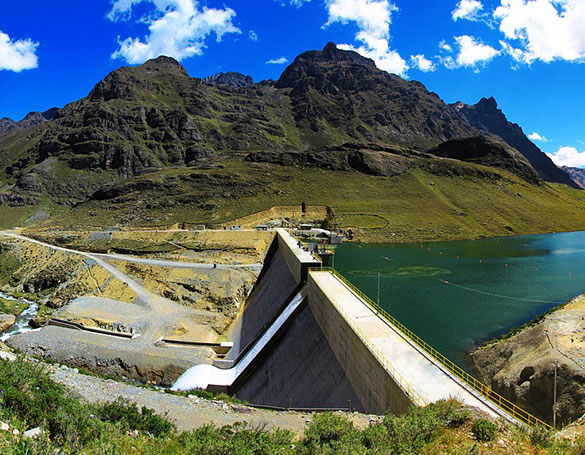Hydropower and Renewable energy

In previous article, we discussed the pros and cons of hydropower. In this article, let us discuss why hydropower is important than other types of renewable energy sources, we discussed in previous articles.
We have already discussed several types of renewable energy sources. Almost all the renewable energy sources except reservoir hydro are intermittent. Also, some of them including hydropower are seasonal dependent.
Intermittent energy sources are energy sources of which power output fluctuates with time. For instance, the velocity and direction of wind vary with time and thus the electric power generated by a wind turbine fluctuates according to the rhythm of the wind speed and direction. This intermittent nature of renewable energy sources negatively affects the grid’s stability and makes it difficult to maintain the load balancing thereby limiting the amount of intermittent energy to be grid-connected. Especially, if the grid largely relies on intermittent sources, the grid should have a mechanism to balance the power demand and power input to the grid. This requires large-scale (pumped hydro, compressed air) and small-scale energy storage (Flywheel, battery, superconducting magnetic energy storage) systems. Such systems are expensive to build and maintain. Therefore, they increase the cost of electricity delivered to the utility customers. However, reservoir hydropower plants can largely replace the role of both large-scale and small-scale energy storage systems thanks to their flexibility and short response time. In a nutshell, hydropower enables the grid to accommodate more and more intermittent energy sources while working as a renewable energy source.
Hydropower is not only a renewable source of energy but also a renewable energy-marketing executive!
Hydropower plants,
- Generate electricity with no emission!
- Enhance the grid’s stability, and power quality!
- Promote other renewable energy sources!
- Reduce the cost of electricity by reducing the need for energy storage systems!
Technically feasible worldwide hydropower capacity and currently available hydropower capacity are 2.36 TW (2360 GW) 970 GW as mentioned earlier [1, 2]. In other words, hydropower can potentially shut down as many as 1390 coal power plants each with a capacity of 1000 MW in future.
Of course, as we discussed in previous articles, worldwide capacity of wave power, ocean thermal energy, osmotic power or tidal power would not be sufficient to satisfy the increasing global energy demand, not to mention hydropower!
However, hydropower can still play a vital role in the battle for climate change since it can help the grid accommodate more and more intermittent and seasonal dependent energy.
